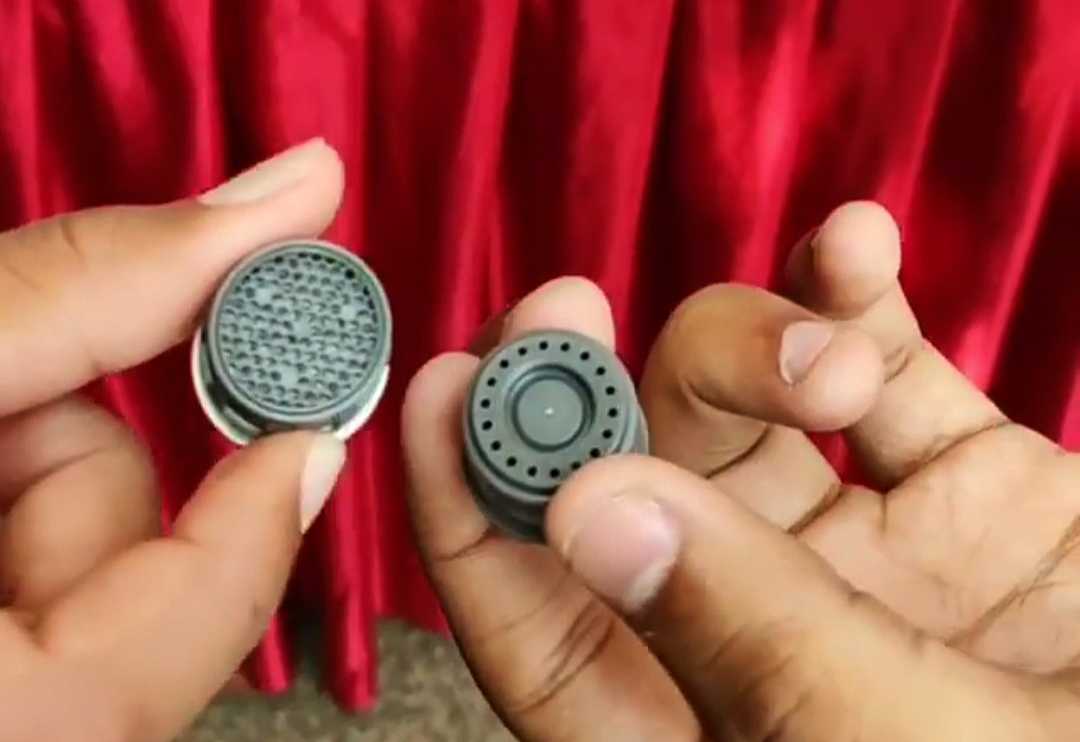How I secured Chief Ministerial funds for lake restoration initiatives
By: Sucheta
Imagine a lake—a lively home to countless plants and creatures. Sadly, these vibrant ecosystems face a big problem called eutrophication. When too much nitrogen and phosphates, often from sewage, enter the water, it’s like giving a superfood to algae! They grow super-fast, turning the water murky and covering it with plants. That’s eutrophication for you!
Why should we care? Well, when algae party too hard, they form bright green blooms that cover the water. It may look cool, but it’s bad news. These blooms block sunlight, stopping underwater plants from making oxygen for fish. But it gets worse. If lots of creatures die because of these blooms, they sink and rot, using up oxygen. No oxygen means trouble for fish and can make the water unsafe for us too!
So, as citizens, it’s important to fix this problem and make our lakes healthy again. Here’s guide to lake restoration with our solution timeline:
Stage 1: Learning
This stage revolves around asking vital questions and pursuing the leads they unveil.
Questions:
- Who suffered due to the problem? (Local residents? Animals reliant on the lake?)
- Who contributed to the problem? (Residents turning a blind eye? Industries or hospitals dumping waste?)
- Who possessed the potential to resolve the issue?
Investigation:
Armed with these queries, I ventured to Rama Naicken Lake in Hosur, a significant lake in the area. Initial findings revealed that high mineral content was fueling the algae growth. Conversations with locals further exposed a few industries polluting the lake and a hospital dumping waste nearby. Seeking help from the ward councillor led to denial of the issue’s existence. Subsequently, engaging with hospital authorities provided no concrete information about their waste disposal methods or the actual dumping location.
Stage 2: Solve!
Having thoroughly investigated, the focus shifted to implementing a solution. With encouragement from Joseph, I aimed higher, considering contacting superior authorities or filing an RTI application. Discovering the Tamil Nadu Chief Minister’s Grievance Portal, I meticulously documented my research findings—highlighting the cause of algae, responses from ward councillors and hospital authorities, and the persistent garbage issue.
A week elapsed, catching the attention of the Chief Minister, who took note of my relentless efforts. The unexpected response arrived—an acknowledgment that the Rama Naicken Lake underwent rejuvenation in 2016 but faced funding constraints presently. However, the Chief Minister assured consideration of my request for the future.
Paving the way forward
Sucheta’s dedicated pursuit of lake restoration revealed issues and showcased her resilience. Despite hurdles, she navigated higher avenues, leveraging support through the Chief Minister’s Grievance Portal. Though immediate funding for the lake’s restoration wasn’t secured, Sucheta’s efforts garnered attention and a commitment from the Chief Minister to consider the issue in the future. This response marks a significant step forward in the quest to restore the lake, amplifying the voice of concerned citizens in driving meaningful environmental change.
